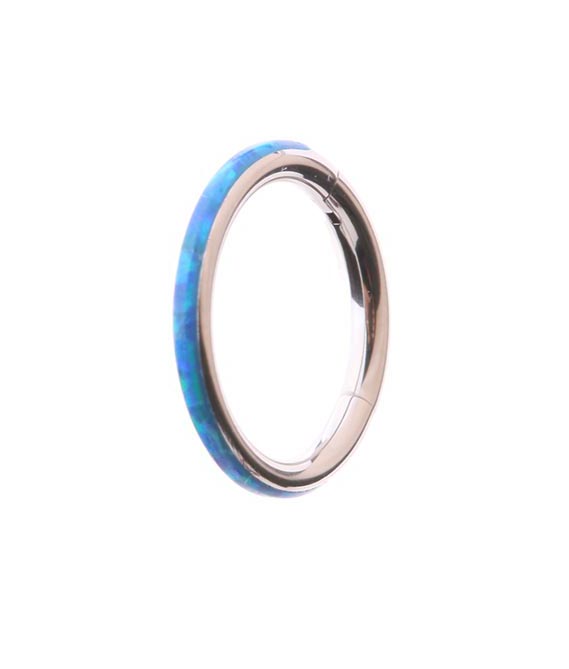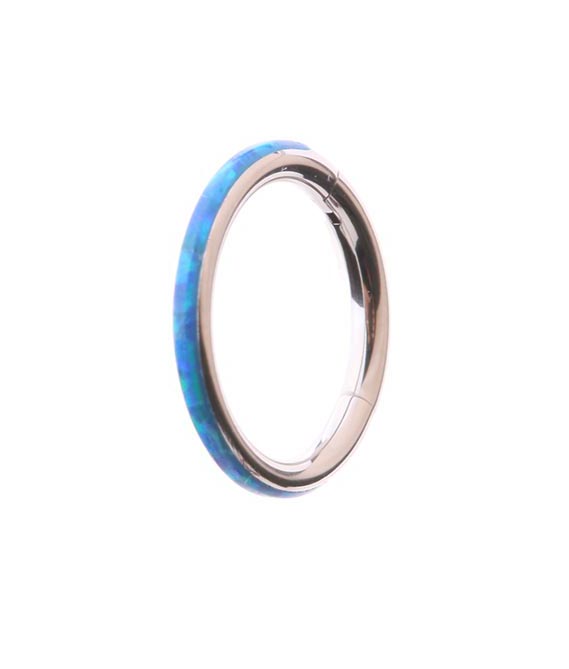What is a Helix Piercing?
A helix piercing is a cartilage piercing on the upper ear. It can be placed anywhere along the outer rim, providing flexibility in terms of placement and aesthetic. There are different variations, including single, double, or triple helix piercings, and more creative options like the forward helix, which is closer to the face.
The Piercing Process
Before getting a helix piercing, it's crucial to choose a reputable and experienced piercer. Helix Ear Piercing Here's a step-by-step overview of what to expect during the procedure:
Consultation: Discuss the desired placement and jewelry options with your piercer. They will also review your medical history to ensure there are no contraindications.
Sterilization: The piercer will clean and sterilize the area to minimize the risk of infection.
Marking: The piercer will mark the exact spot where the piercing will go. Make sure you're happy with the placement before proceeding.
Piercing: Using a sterilized, hollow needle, the piercer will create a hole through the cartilage. This process is typically quick but can cause a sharp pain.
Jewelry Insertion: After the piercing, the piercer will insert the chosen jewelry, usually a stud or a small hoop.
Pain and Healing
Pain levels for a helix piercing can vary depending on individual pain tolerance. Generally, the initial piercing causes a sharp pinch, and some discomfort may follow. Cartilage piercings can take longer to heal than earlobe piercings, with the healing process typically ranging from 3 to 9 months.
Aftercare
Proper aftercare is crucial to ensure your helix piercing heals well and remains infection-free. Follow these guidelines:
Clean Regularly: Clean the piercing twice daily using a saline solution or a piercing aftercare spray. Avoid using alcohol or hydrogen peroxide, as these can irritate the piercing.
Avoid Touching: Refrain from touching or twisting the jewelry unnecessarily, as this can introduce bacteria and cause irritation.
Be Mindful of Hair and Clothing: Keep hair and clothing away from the piercing to prevent snagging and irritation.
Sleep Position: Avoid sleeping on the side of the new piercing to reduce pressure and friction.
Potential Risks
As with any piercing, there are potential risks associated with helix piercings:
Infection: Improper aftercare can lead to infection, characterized by redness, swelling, and discharge.
Keloids: Some individuals may develop keloids, which are raised, scar-like growths around the piercing site.
Migration or Rejection: In some cases, the body may treat the jewelry as a foreign object, leading to migration (movement of the piercing) or rejection (pushing out of the jewelry).
Choosing Jewelry
One of the exciting aspects of a helix piercing is the variety of jewelry options available. Earrings For Tragus Initially, it's recommended to start with a stud made of hypoallergenic materials like surgical steel, titanium, or gold to minimize the risk of allergic reactions. Once healed, you can experiment with hoops, barbells, and more intricate designs.






Comments